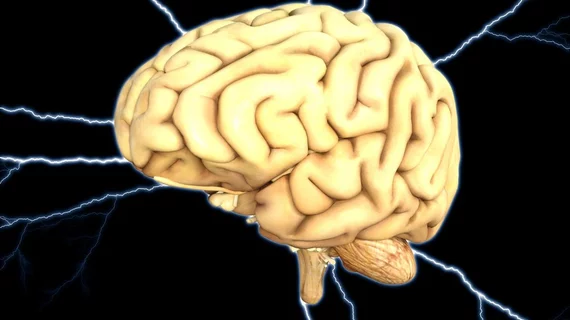Bilingual people have more efficient brains, imaging study shows
Those who learn a second language may have more efficient brains, a new study published in Nature Communications Biology found. [1]
According to research conducted by a collaborative team from Montreal Neurological Institute-Hospital, University of Ottawa and University of Zaragoza in Spain, being bilingual was shown on functional magnetic resonance imaging (fMRI) scans to improve communication between brain regions, likely boosting cognitive function.
Previous research has discovered being bilingual is linked to healthy brain aging, quicker recovery from a head injury, and has an overall positive correlation on a person's ability to focus and pay attention, the study authors, led by Zeus Gracia-Tabuenca, PhD, Montreal Neurological Institute-Hospital, wrote.
Building off that research, the team attempted to correlate the age at which a person becomes bilingual to these benefits.
“Bilingualism provides a window into questions about brain organization and language development. The brain demonstrates a remarkable capacity to undergo structural and functional change in response to experience throughout the lifespan. Evidence suggests that, in many domains of skill acquisition, the manifestation of this neuroplasticity depends on the age at which learning begins,” Gracia-Tabuenca, et al., wrote.
The researchers recruited 151 participants, each fluent in English, French or both. Participants were surveyed for their ability to write and speak in their languages, and also reported at what age they began to learn any second language.
The group was separated into three categories: monolinguals, late bilinguals and early bilinguals. Each was then scanned using fMRI in a resting state, measuring whole brain activity. The study aimed to identify if the bilingual participants in the group had improved neuroplasticity, measured by the brain’s ability to communicate between various regions.
Upon reviewing the scans, the researchers found some intriguing correlations. Bilingual participants had increased connectivity between brain regions when compared to monolinguals, and this connectivity was stronger in those who learned their second language at a younger age.
Taking a closer look at individual brain regions, they found the effect seemed strongest in the link between the cerebellum and the left frontal cortex. Overall, the team identified 118 connections that were stronger in simultaneous bilinguals, compared to monolinguals.
“Our work suggests learning a second language during childhood helps build a more efficient brain organization in terms of functional connectivity,” Gracia-Tabuenca said in a statement. “The results indicate that the earlier the second language experience, the broader extent of brain areas involved in neuroplasticity. That's why we are observing higher connectivity of the cerebellum with the cortex in earlier exposures to a second language.”
Given the small sample size and the research being limited to English and French, more research is necessary to bolster the findings.
The full study is available at the reference link below.

